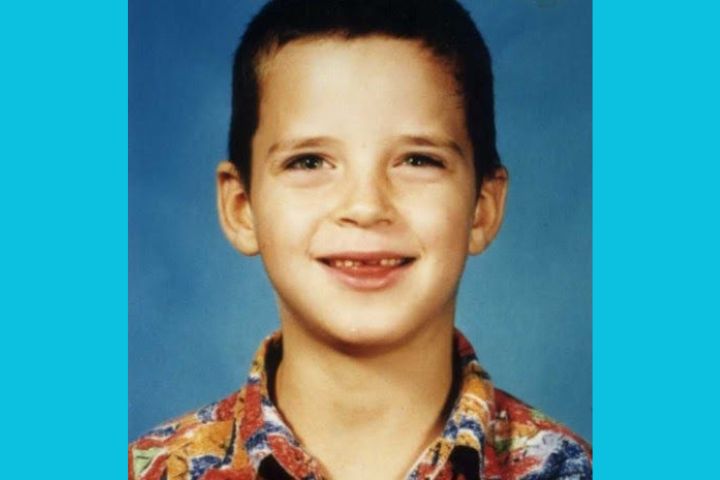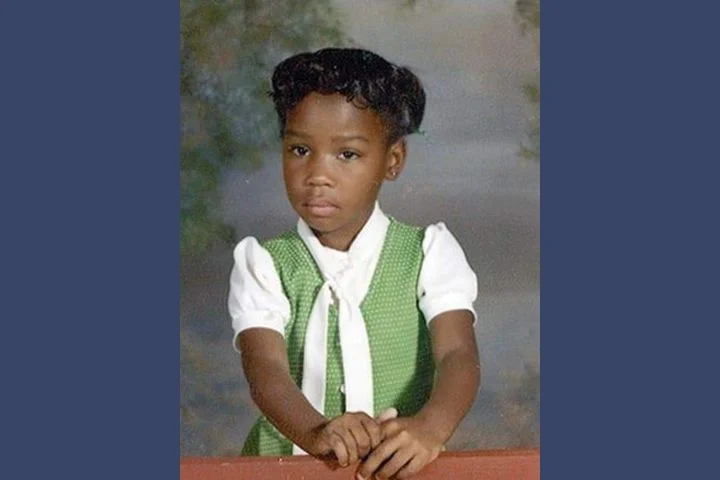The Shocking Case of Nikki Whitehead and Her Twin Daughters
A Mother and Her Twin Girls
In Rockdale County, Georgia, the small city of Conyers was home to Jarmecca “Nikki” Whitehead, a woman remembered by friends as vibrant, fashionable, and full of life. Born in 1975, Nikki worked as a hairdresser and was raising her identical twin daughters, Jasmiyah and Tasmiyah Whitehead.
At first glance, the Whitehead family looked like any other. The twins, born in 1993, were intelligent girls who excelled in school during their early years. Teachers praised them as polite, bright, and ambitious. Their mother was proud, often expressing high hopes for their future. But as the girls entered their teenage years, the relationship between mother and daughters began to deteriorate.
From Straight-A Students to Troubled Teens
By the time they reached high school, Jasmiyah and Tasmiyah’s behavior had changed dramatically. They went from straight-A students to struggling learners, skipping classes and falling behind in their grades. Their growing defiance frustrated Nikki, who tried to enforce discipline at home.
Arguments became frequent. Reports from family members suggested that the twins disliked their mother’s rules and strictness. They resented her attempts to control their behavior, and the once-loving bond between mother and daughters had become a cycle of tension and hostility.
At different times, the girls stayed with their great-grandmother to escape conflicts at home. Nikki wanted them back under her roof, determined to provide structure. But this decision only deepened the resentment. The home environment grew more toxic, and the seeds of tragedy were being sown.
The Morning of January 13, 2010
On that cold January morning, the fragile peace inside the Whitehead home shattered. Nikki and her daughters got into another heated argument. This time, the conflict exploded into violence.
In a brutal struggle, the 16-year-old twins turned on their mother. They beat her, stabbed her repeatedly, and fought her until she could no longer fight back. Evidence later revealed the struggle had been long and chaotic — Nikki fought desperately for her life.
After the attack, the twins dragged their mother’s body into the bathroom, leaving her there to die. They then tried to fabricate a story, telling police later that day that they had returned from school to find their mother already dead.
The Investigation
At first, the story raised questions, but investigators needed evidence. The crime scene showed inconsistencies that didn’t match the twins’ version of events. Nikki’s injuries suggested a violent and prolonged struggle, not an attack by an intruder.
As detectives questioned the girls, their lies began to unravel. Their accounts contradicted one another, and investigators noted their suspicious behavior. Over time, evidence mounted pointing directly at the twins.
After months of investigation, on May 21, 2010, Jasmiyah and Tasmiyah Whitehead were arrested and charged with their mother’s murder.
The Legal Battle
The case shocked the community and captured national attention. The idea that two teenage girls — identical twins — could kill their mother in cold blood was almost unimaginable. Media outlets quickly dubbed it one of the most disturbing family murders in recent history.
The legal process was lengthy, stretching on for nearly four years. During this time, the girls remained in custody, awaiting trial. In 2014, both finally admitted their roles in the crime.
- Tasmiyah pleaded guilty in January 2014
- Jasmiyah pleaded guilty in February 2014
They were convicted of voluntary manslaughter, armed robbery, and possession of a knife during the commission of a crime. Each received a 30-year prison sentence.
Reflections on a Tragedy
The murder of Nikki Whitehead stands as one of the most chilling examples of family violence in recent memory. The case has been profiled in television series such as “Snapped: Killer Couples” and “Twisted Sisters”, cementing its place in true-crime history.
For many, the tragedy raises haunting questions: How did a loving mother-daughter relationship deteriorate into such violence? Could intervention by relatives, schools, or counselors have changed the outcome?
What is certain is that Nikki Whitehead’s life was cut short in the most brutal way possible — by the very daughters she had raised. And for Jasmiyah and Tasmiyah, what began as teenage rebellion ended with the loss of their freedom, their future, and their family.
Conclusion
The Whitehead case is a chilling reminder of how quickly family conflicts can escalate when combined with resentment, rebellion, and violence. Nikki Whitehead’s death at the hands of her twin daughters is not only a story of a crime but also a tragedy of broken trust and shattered family bonds.
More than a decade later, the case continues to resonate as one of the most unsettling examples of parricide in modern America — a reminder that even the closest bonds can be torn apart by anger and poor choices.







